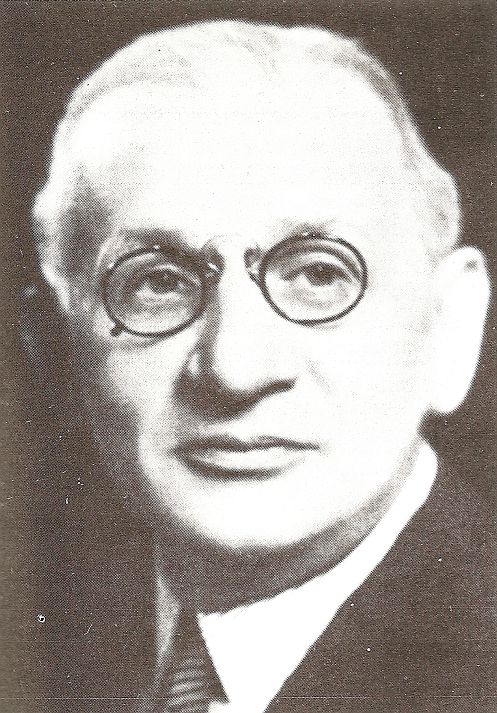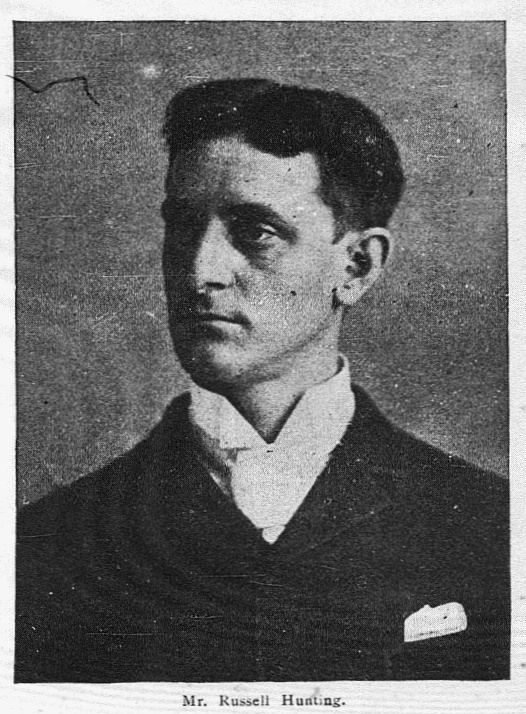Music’s tech nightmare: Part 2 – The legendary Louis Sterling
Part 2 – The legendary Louis Sterling: Last time we had just met Louis Sterling, the man who history had marked out as the man who was going to sort out the terrible state of recording technology in the 1920s.

An uncharacteristically still Louis Sterling
In 1903, still in his mid-20s, Sterling was enticed over to London to join the newly established Gramophone Company in London by its managing director and fellow New Yorker William Barry Owen.
Sterling worked for The Gramophone Company (still officially called The Gramophone and Typewriter Company at this time) for a short while before moving to different roles in other record companies, including setting up his own, the Rena Manufacturing Company, in 1908.
The following year, 1909, in what would turn out to be a masterstroke, Columbia UK did what we now called an ‘acquihire’ – purchasing a company solely to recruit its employees – and bought Rena. Sterling was appointed Sales Manager and until 1915 all Columbia UK’s releases bore the label ‘Columbia-Rena Records’. Such was his confidence in the combined Columbia and Rena that Sterling himself chose to take no salary, happy to be paid entirely by commissions.
And boy was that the right decision. With the dynamo that was Sterling on board, Columbia was transformed from an also ran to a major player, brushing off challenges that would have severely hobbled any other businesses. For example an enormous fire of 1912 destroyed the company’s entire stock. Such a shock – literally losing everything they were planning to sell to bring in revenue – could have been the end for many a label. But for the revitalised Columbia under Sterling’s effective leadership it was nothing more than a mere blip.
By 1917 Louis Sterling was recognised officially as the driving force of the company by being appointed Managing Director of Columbia Phonograph in the UK. In addition, and this will become extremely important for many different reasons, the London company was established as its own independent corporate entity, legally separate from the ever troubled Columbia in the US.
Both changes had happened not a minute too soon as Columbia US went through another of its periodic descents into bankruptcy. However this time, at last, Columbia in London remained untroubled because of that legal separation masterminded by Sterling. Now it was firmly in control of its own destiny at last, able to focus on the future. In particular finally solving the biggest challenge the recording industry faced, the shortcomings of the acoustic recording.
In 1923 Sterling set up an in-house research and development unit and, in an inspired move, brought Issac Shoenberg to head up the team. Shoenberg needed to be convinced by the promise of a generous budget and a completely free hand in running the department but Sterling was happy to agree and what followed justified his confidence. In the ensuing years Shoenberg built a team that applied almost pure laboratory standard physics to business challenges and, over many decades and still under his leadership, developed countless crucial innovations in recording and many other areas.
Meanwhile, back in 1924, the challenge of bringing electrical amplification into recording and playback was finally solved. But unfortunately for Shoenberg and Sterling, not by Columbia. And in fact it wasn’t any music company at all that had finally found this elusive solution. No it was Western Electric, the equipment manufacturer and research arm of AT&T, the American Telephone & Telegraph Company, the umbrella corporate parent of all the local Bell telephone companies in the US, who were the ones who had finally figured it out.
At this point we need to be introduced to the rather unusual and colourful character of Russel Hunting. Originally an actor, Hunting first made his name in the 1890s with comedy recordings featuring skits of an Irish character, called Michael Casey, speaking rapidly to other Irish characters, all of whom were voiced by Hunting. Michael Casey was a big hit.

Hunting was effectively the first recording star and he became good friends with industry pioneers Edison and Berliner who both liked him a great deal. In 1901 Edison offered him the job of recording director for his British company and Hunting leapt at the chance.
A few years later he had moved on from working for Edison and was now in business with another US emigre in London, yes Louis Sterling, on another of Sterling’s start ups, the Sterling Record Company. Hunting would later move to another job at the recording company of film pioneers the Pathé Brothers. This took him first to Paris before moving back to New York to work at Pathé’s American arm.
Also crucial here is Frank Capps. Born in 1868, Capps was one of the grown-ups in this new industry. In the 1890s he worked at Edison’s New Jersey Phonograph, one of the many local affiliates of Edison’s national phonograph companies. There his inventions included a spring powered motor that would become standard in many Edison machines after 1896. Not long after this he joined Columbia in the US where he continued his record of invention, including developing a particularly effective dubbing machine.
Capps was a kind of Columbian equivalent of Gaisberg, leading the company’s first overseas recording tour in 1903 where he visited Russia, making recordings by leading Russian artists of the day including of the great tenor Andrei Labinski and the Tsar’s own band before moving on to Berlin, Vienna, Milan and other European cities.
He later took on responsibilities for Columbia’s manufacturing operations before being poached in 1924 by Pathé to run their New York recording plant in Brooklyn where he worked with, yes, Russel Hunting. Although neither Capps nor Hunting were working with Sterling any more, they all remained friends and Sterling kept in close contact with them – they were his eyes and ears across the Atlantic.
So back to Western Electric. As mentioned lots of people were trying to solve the problem of electrical recording, but with 1,200 researchers alone, it was hardly surprising in retrospect that Western Electric got there first.
However while they were developing and perfecting their system, solving a problem which literally the entire record industry had been trying unsuccessfully to fix, nobody outside of Western Electric, especially no-one in the record industry, even knew they were looking at the issue. Let alone that they had nailed it.
The first person from the industry who found out was actually Emil Berliner, the inventor of the gramophone back in the 1880s and the founder of The Gramophone Company. For the first and definitely not for the last time in this story, this was nothing less than a completely game changing stroke of luck. Sometimes blind chance can really change things completely and irrevocably, and this was one of those times.
If you are interested in learning more about Russell Hunting the EMI Archive podcast The Sound of the Hound dug into his extraordinary exploits in Episode number 3 which you can find here:
